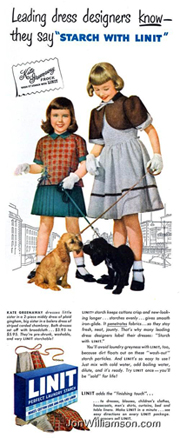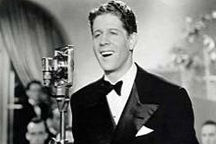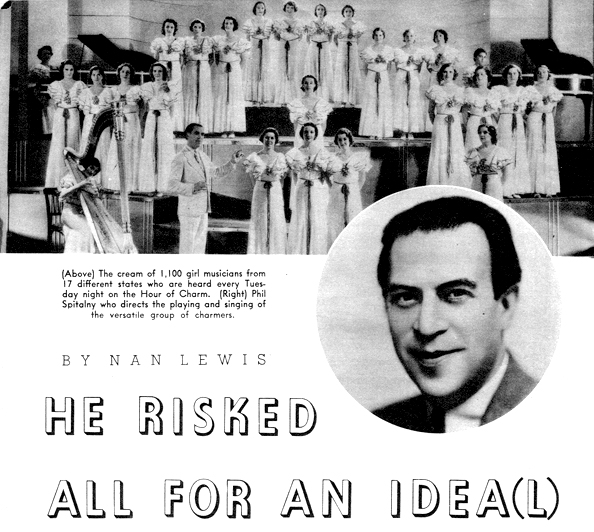 As the Pitch Perfect series continues, we today feature a collection of 1949 advertising slogans used to market laundry accessories, including dyes and starches.
As the Pitch Perfect series continues, we today feature a collection of 1949 advertising slogans used to market laundry accessories, including dyes and starches.
Adds the finishing Touch (Linit), Perfect Laundry starch.
Blue of spotless reputation, The (Mrs. Stewart’s Bluing), Luther Ford & Co.
Blues automatically as you wash (La France Blue).
Blues while you wash (Blue-White).
Bring your laundering problems to us (H. Kohnstamm & Co.).
Cuts dishpan time in half (Washington Powder), Dif Corp., Brooklyn, N. Y.
Faultless starch lightens laundry labor (Faultless Starch Co.).
Finest dye that money can buy, The (Rit Products Corp.).
First in quality, performance, preference (Clorox), Bleach and disinfectant.
Makes cotton look and feel like linen (Linit), Laundry starch.
Never say dye, say Rit (Sunbeam Chemical Co.).
Out of the blue comes the whitest wash (Reckitt’s blue).
Perfect laundry starch, The (Linit).
Send it to the dry cleaner (American Laundry Machinery Co.), Cincinnati.
Sold by the carload, used by the drop (Mrs. Stewart’s Bluing).
Tintex tints in the rinse (Tintex Co., Inc.), Dye.
Touch of Faultless adds that faultless touch, A (Faultless Starch Co.).
We dye every day (Normay-Buntyn Dry Cleaning Co.), Memphis, Tenn.
White line is the Clorox line, The.
You’ll have better luck with Rit (dye).



